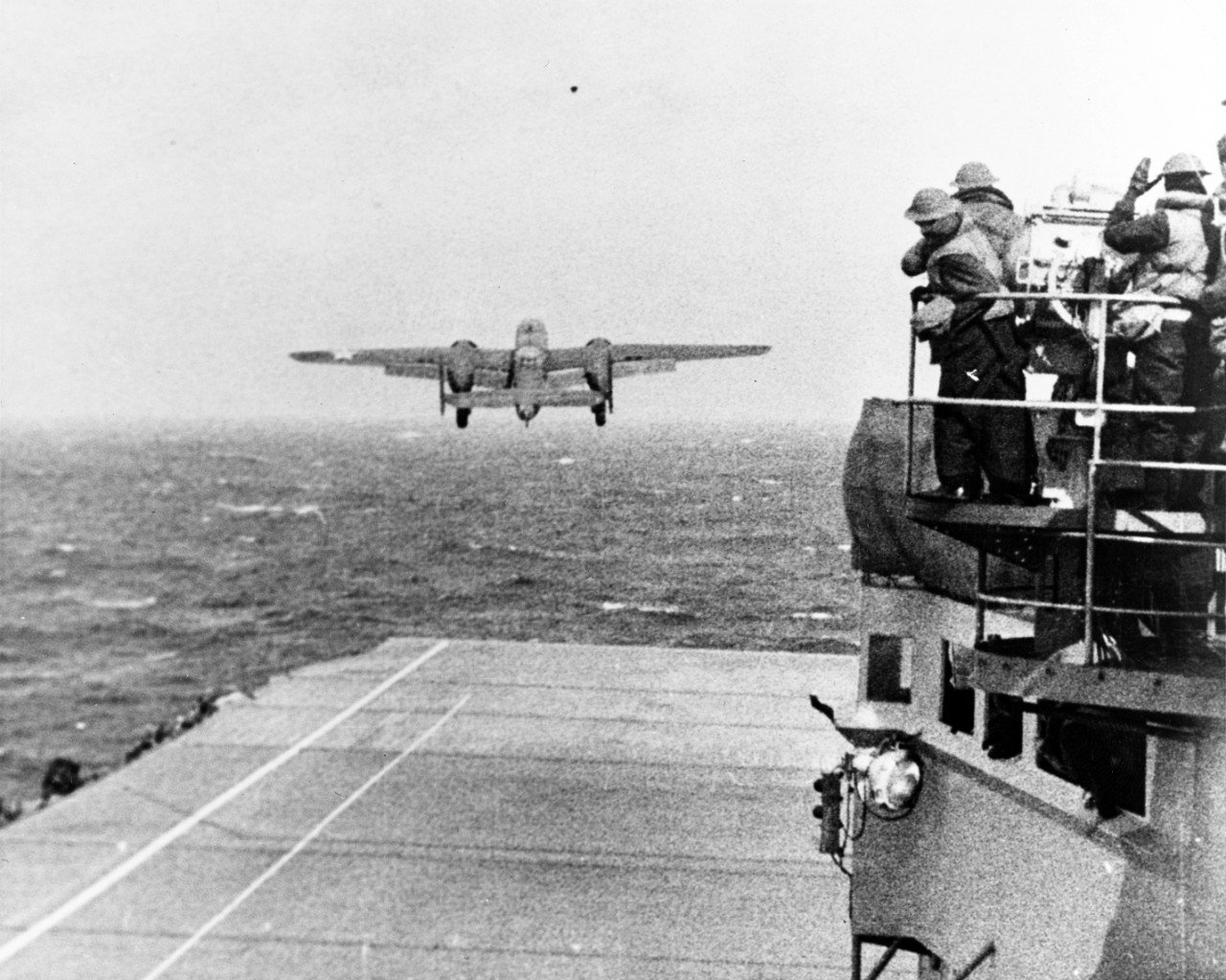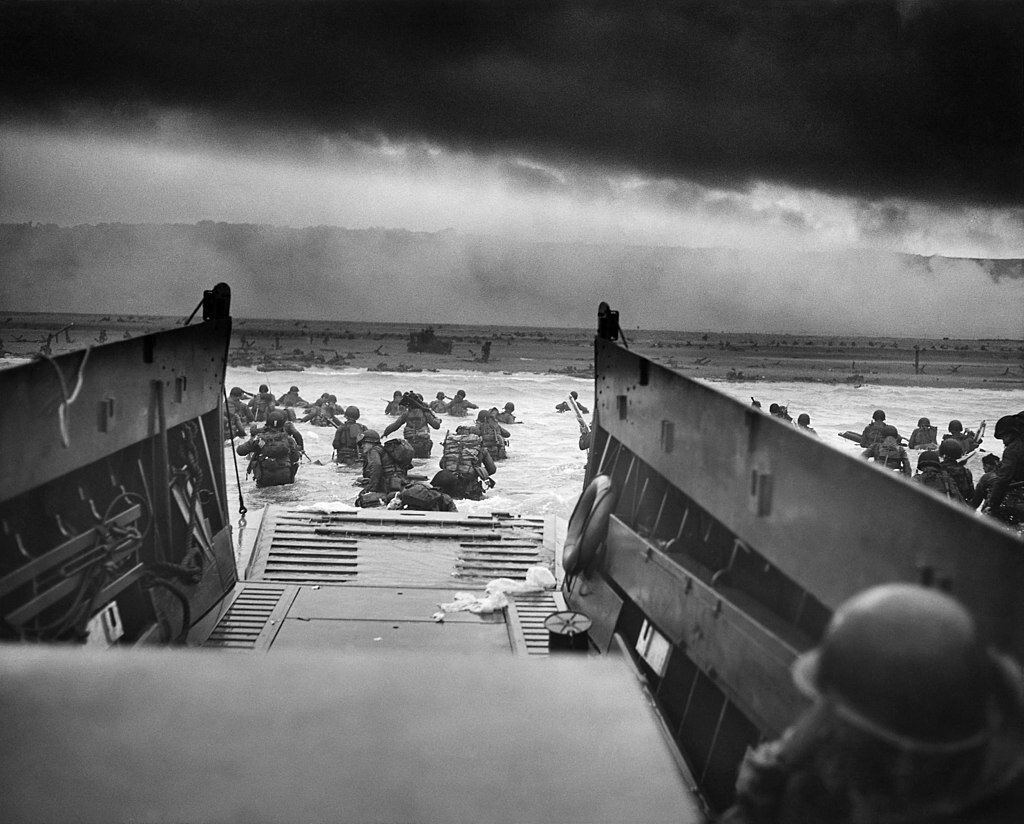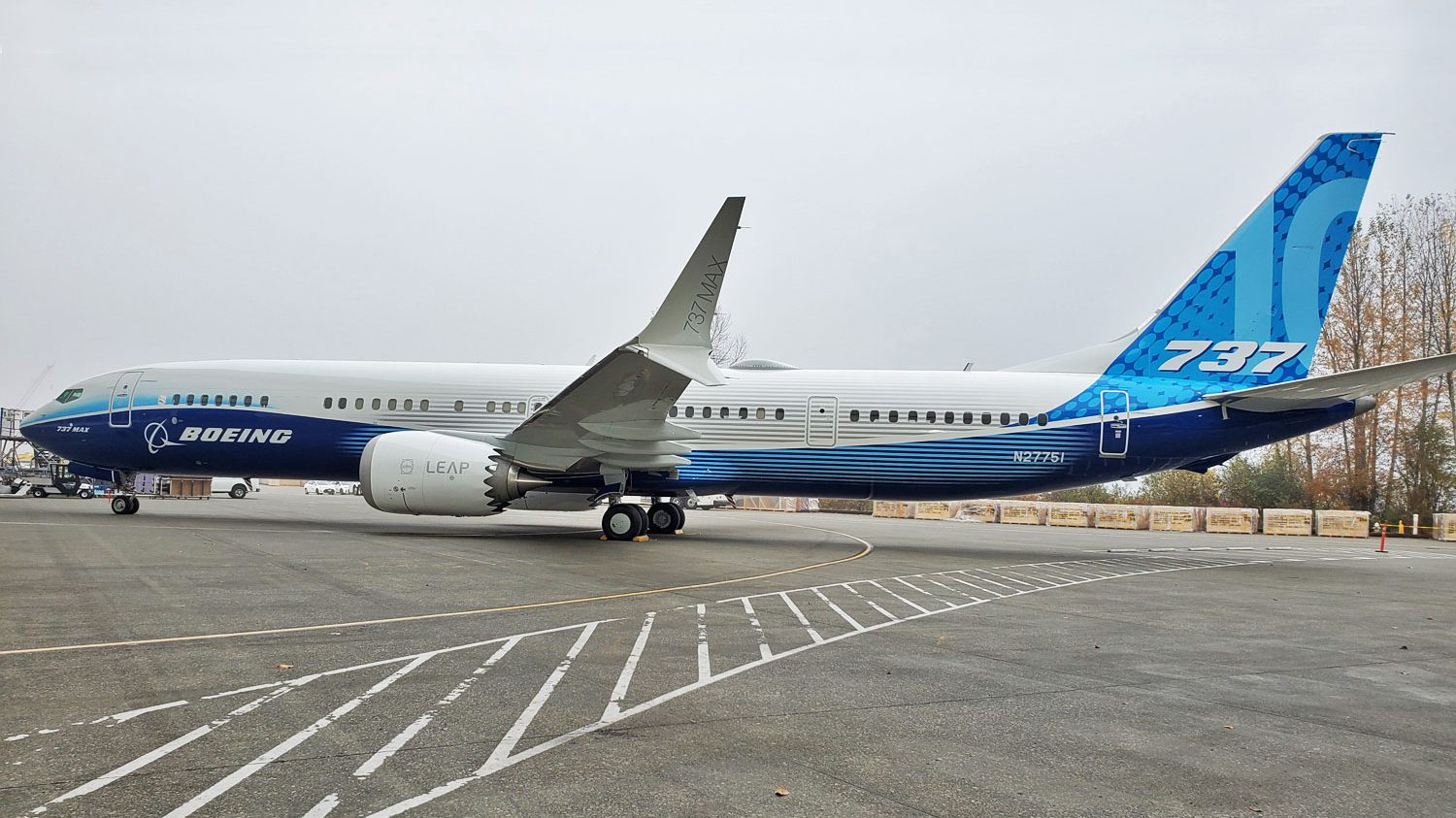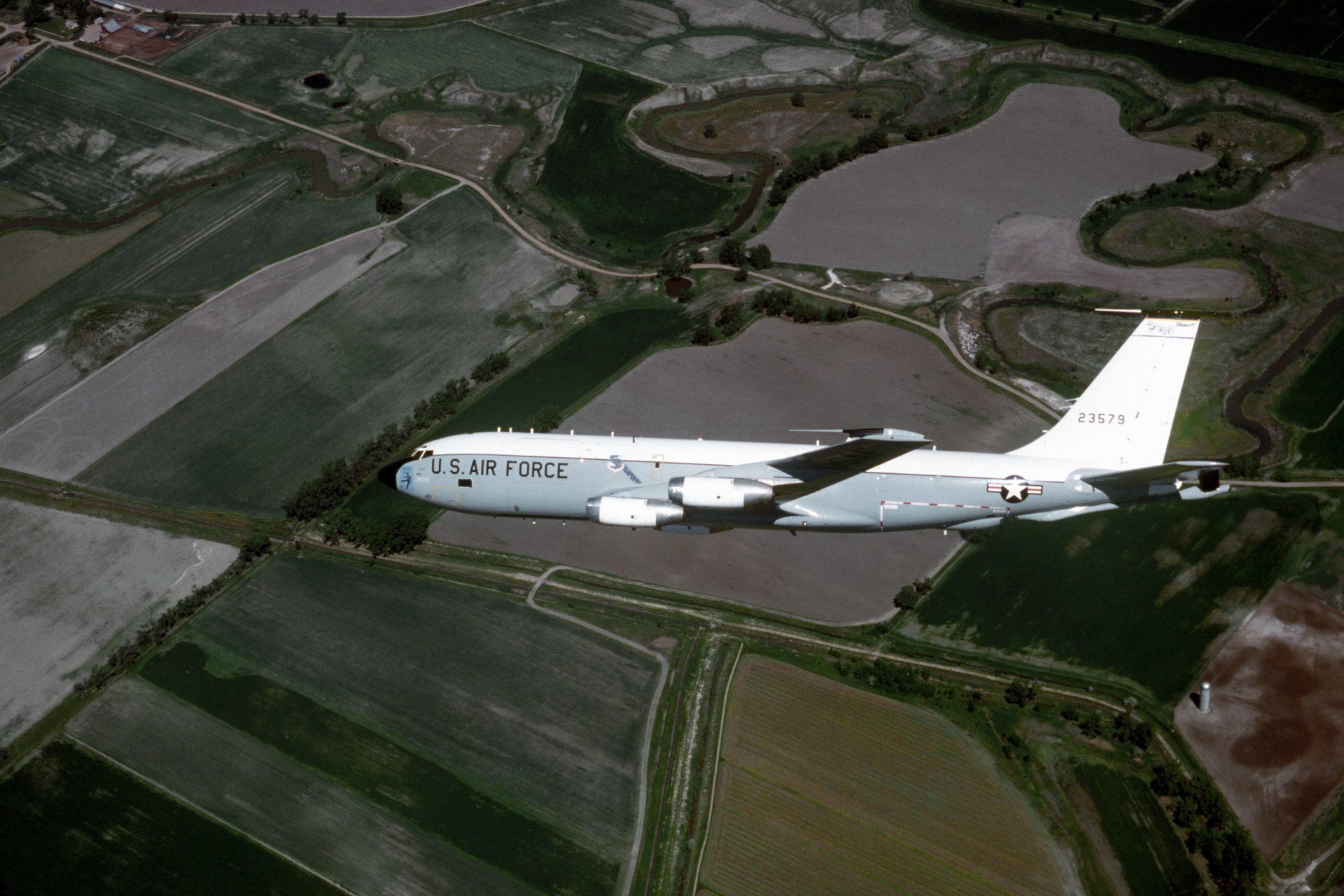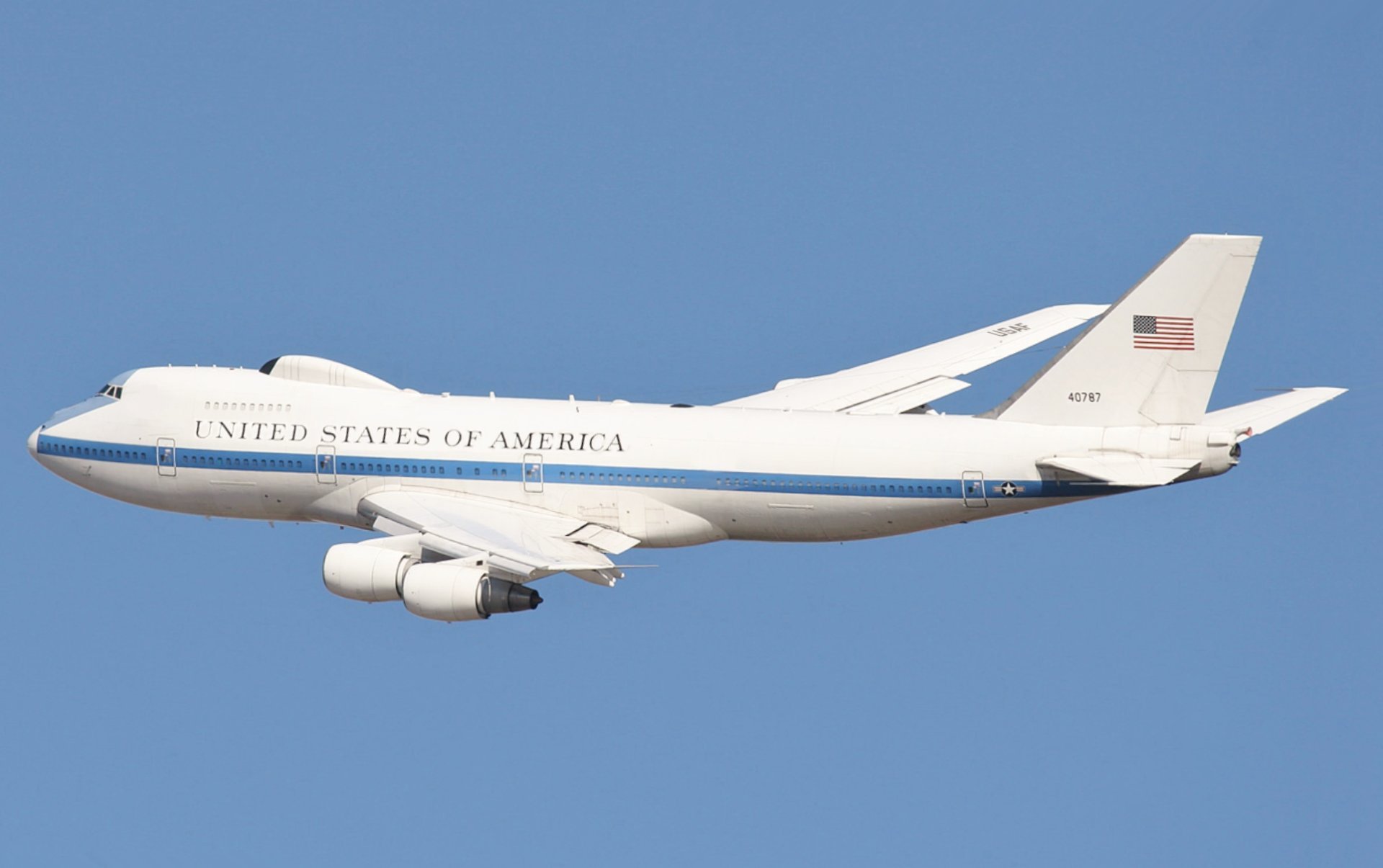The Doolittle Raid
April 18th, 2023
81 years ago today, April 18th, 1942, the Doolittle Raid occurred and was America's first attack on the Japanese mainland during World War II. Here is the background of the raid: after the Pearl Harbor Attack, the US government wanted to get revenge against the Japanese and they agreed to a plan that would have the U.S.S. Hornet carry 16 B-25 Mitchells commanded by General Doolittle to be launched from the carrier and then bomb Tokyo and several other Japanese cities. The raid was very successful all things considered (after all the expected amount of deaths was estimated to be everybody involved), with only three crew members killed and another three killed by the Japanese after being captured.
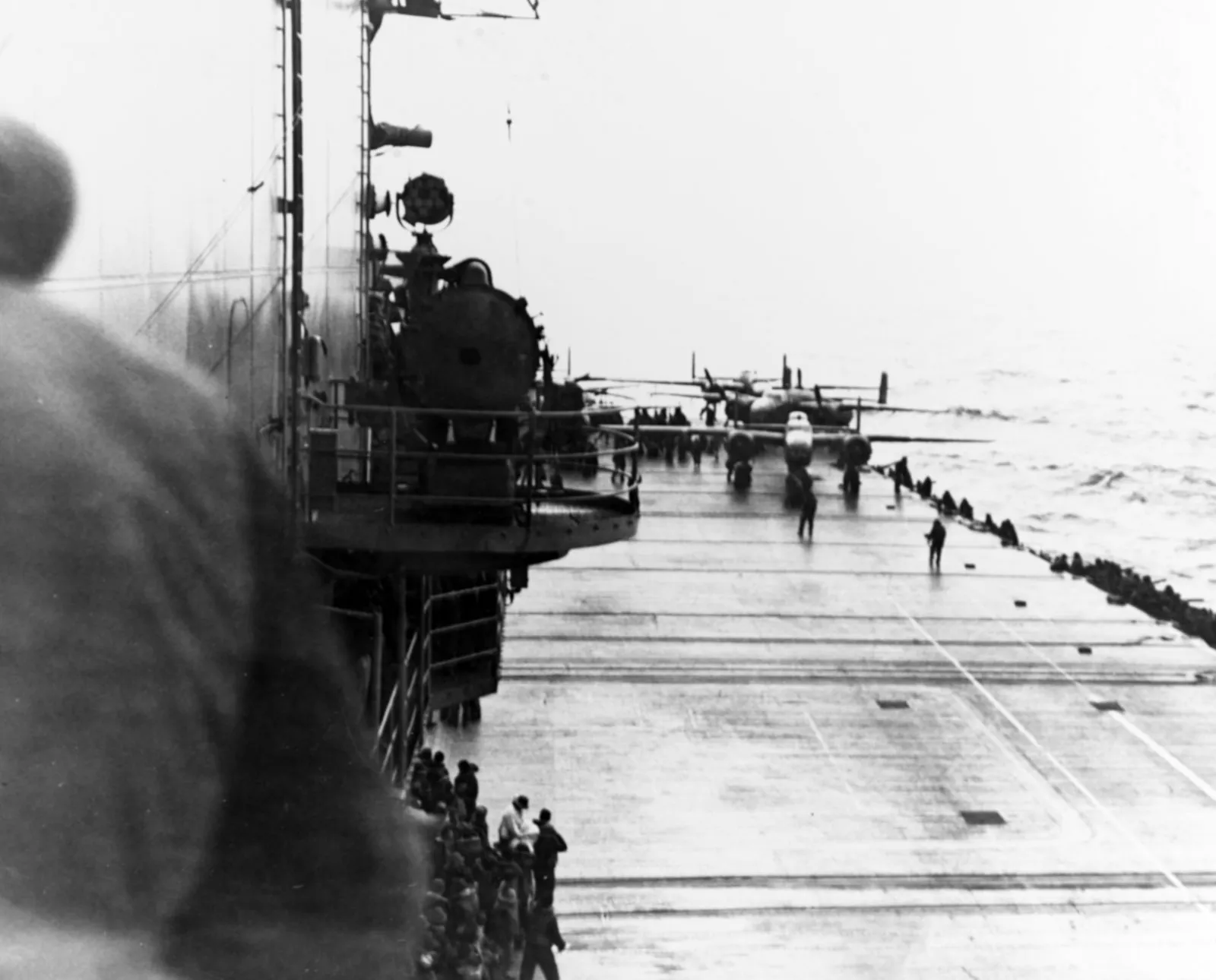

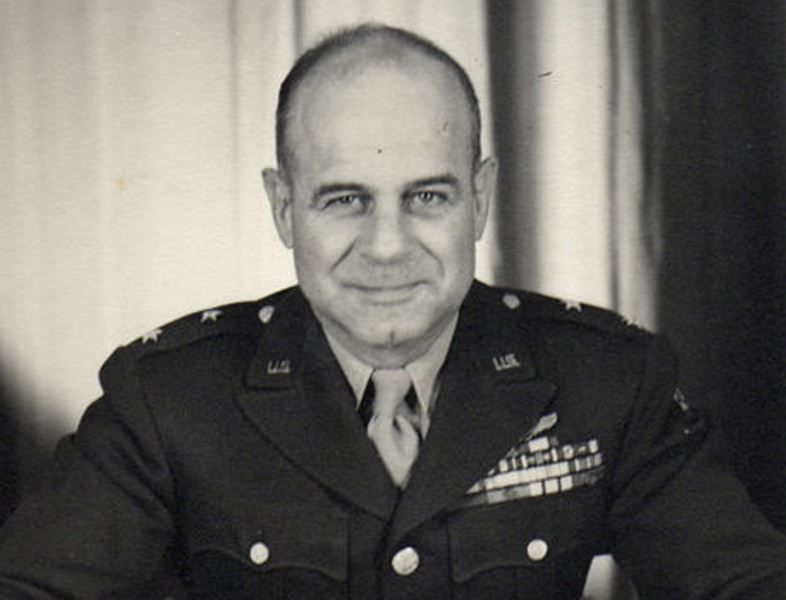
The Doolittle Raid's mastermind was the famed aviator, Lt. Col. James "Jimmy" Doolittle (after the raid he was promoted to Brigadier General). Doolittle came up with this idea of launching bombers off of aircraft carriers when he was touring U.S. miltary bases and he saw a Navy training base's runway painted to look like an aircraft carrier (except not in the middle of sea). After getting his bosses' (General Spaatz and General Arnold) approval, he started looking for a bomber that could fly the necessary distances and take off from an aircraft carrier. The only bomber in the USAAF that could do that was the North American B-25 Mitchell. Then he got approval from Admiral Nimitz, who was the commander of the U.S. Navy and Marine Corps during the war.
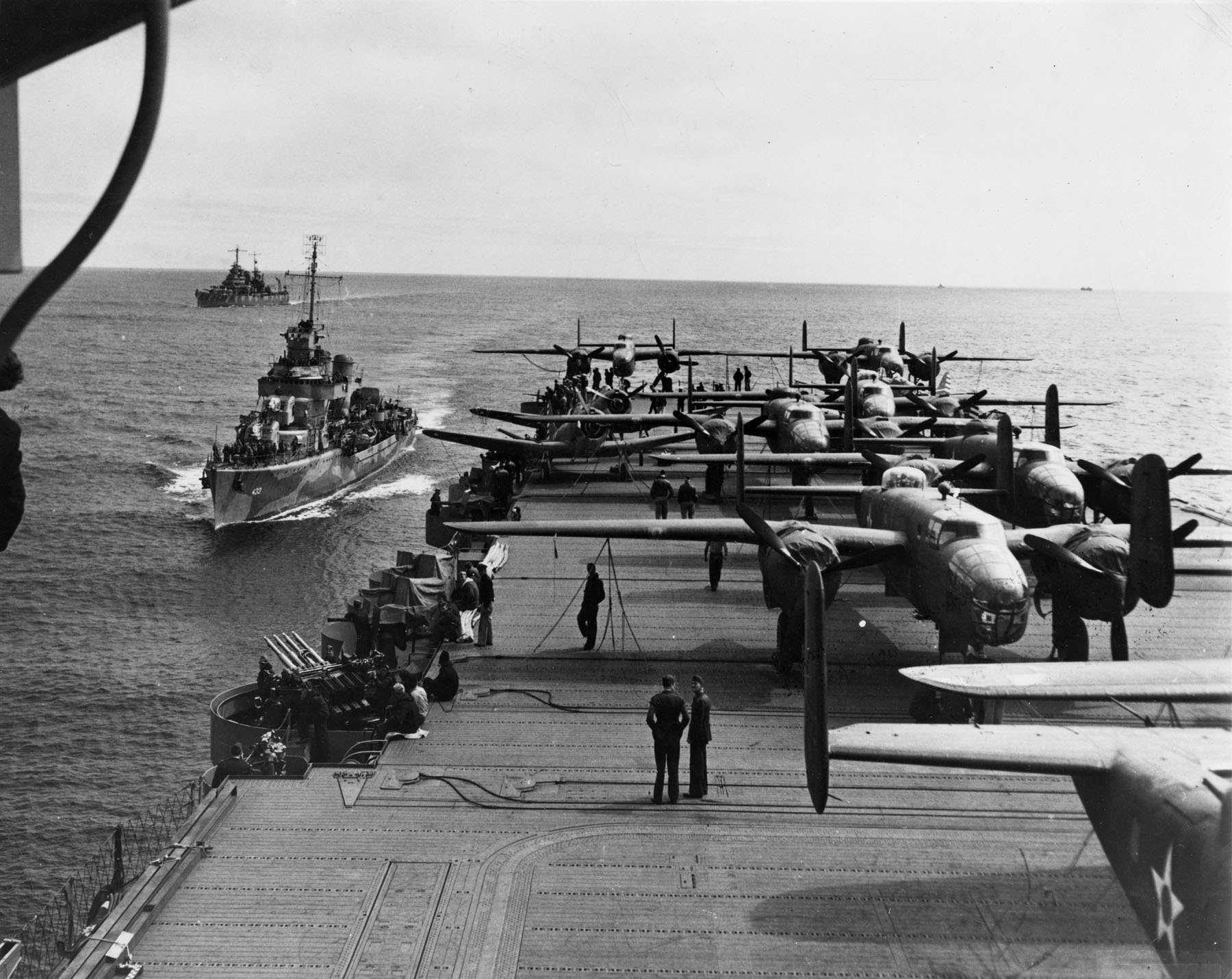
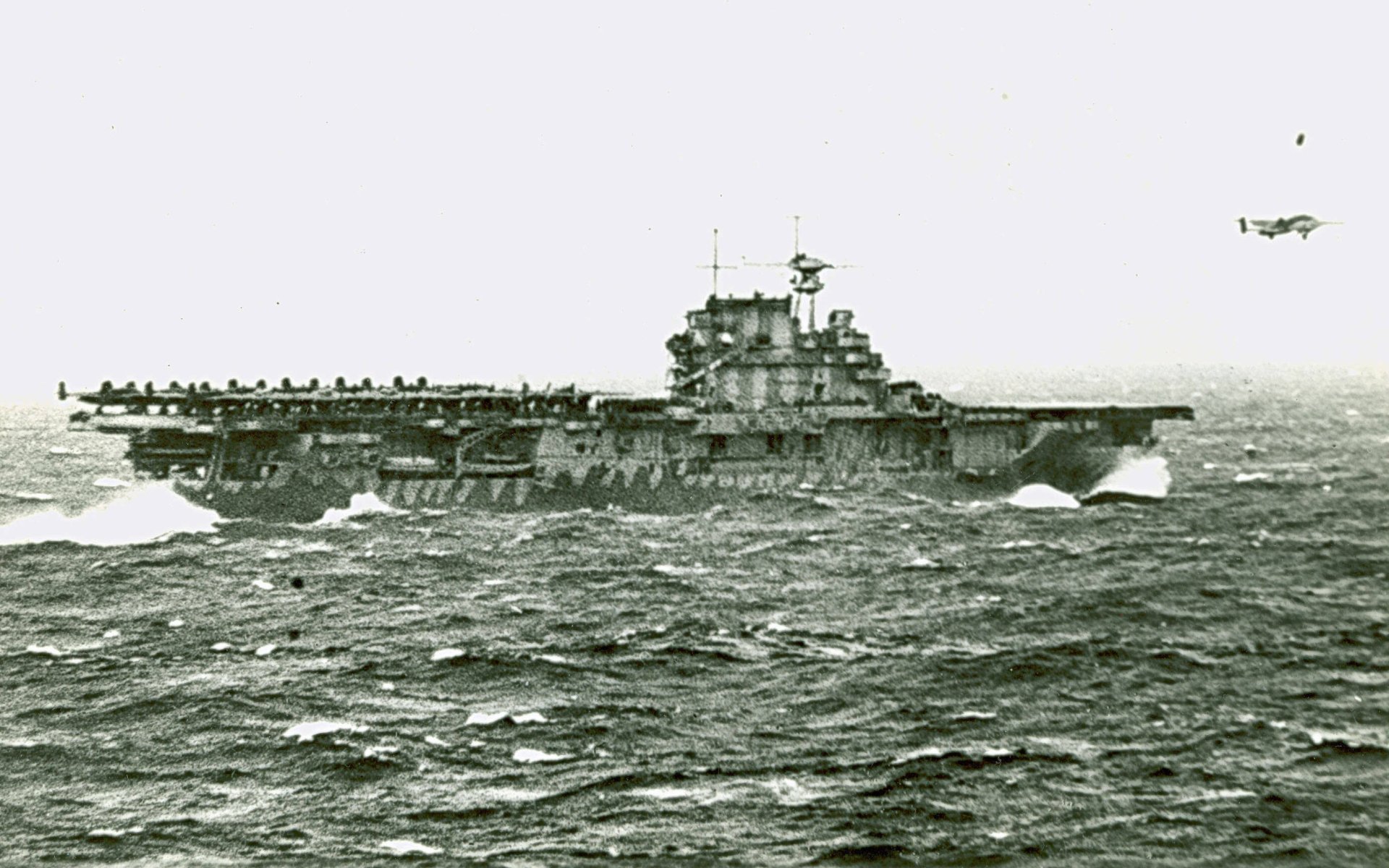
The raid had a few major problems:
1. The bombers had to launch several hundred miles farther out than planned, due to a Japanese fishing vessel seeing them and attempting to radio back to Tokyo. That vessel was soon sunk by an escorting destroyer.
2. Generalissimo Chiang Kai-shek, who was the commander in chief of Nationalist China, who in turn was fighting against (and ultimately lost to) the communists who are still in control of the mainland, wasn't briefed on the raid. He was told to take an estimated 1 million troops that were fighting the Japanese and the communists, at the same time removed from the front lines to make airfields for the bombers and put in lighting and a radio system that would guide the bombers to the airfields. He took his time and then after the raid happened, the bombers couldn't find the airfields.
3. The bombers were launched over 100 miles early due to that one Japanese fishing vessel which caused, along with problem number 2, 15 out of 16 bombers crashing somewhere in China. One bomber even wound up in the Soviet Union.
The fate of the bomber that ended up in the Soviet Union and its crew is as follows. After the bomber landed in Vladivostok (in Russian: Владивосток), the bomber was quickly put to use in the Soviet Air Force and the crew sentenced to prison camps in Siberia for 10 years. The crazy part about all of this is that we were allies with the Soviet Union at the time. Thankfully the crew managed to escape in 1943, making it to Tehran, Iran (which at the time was occupied by the Soviets) and eventually making their way to the American embassy there. The embassy then flew them out to Cairo, Egypt, which was a British territory. After that they finally made their way to the U.S.

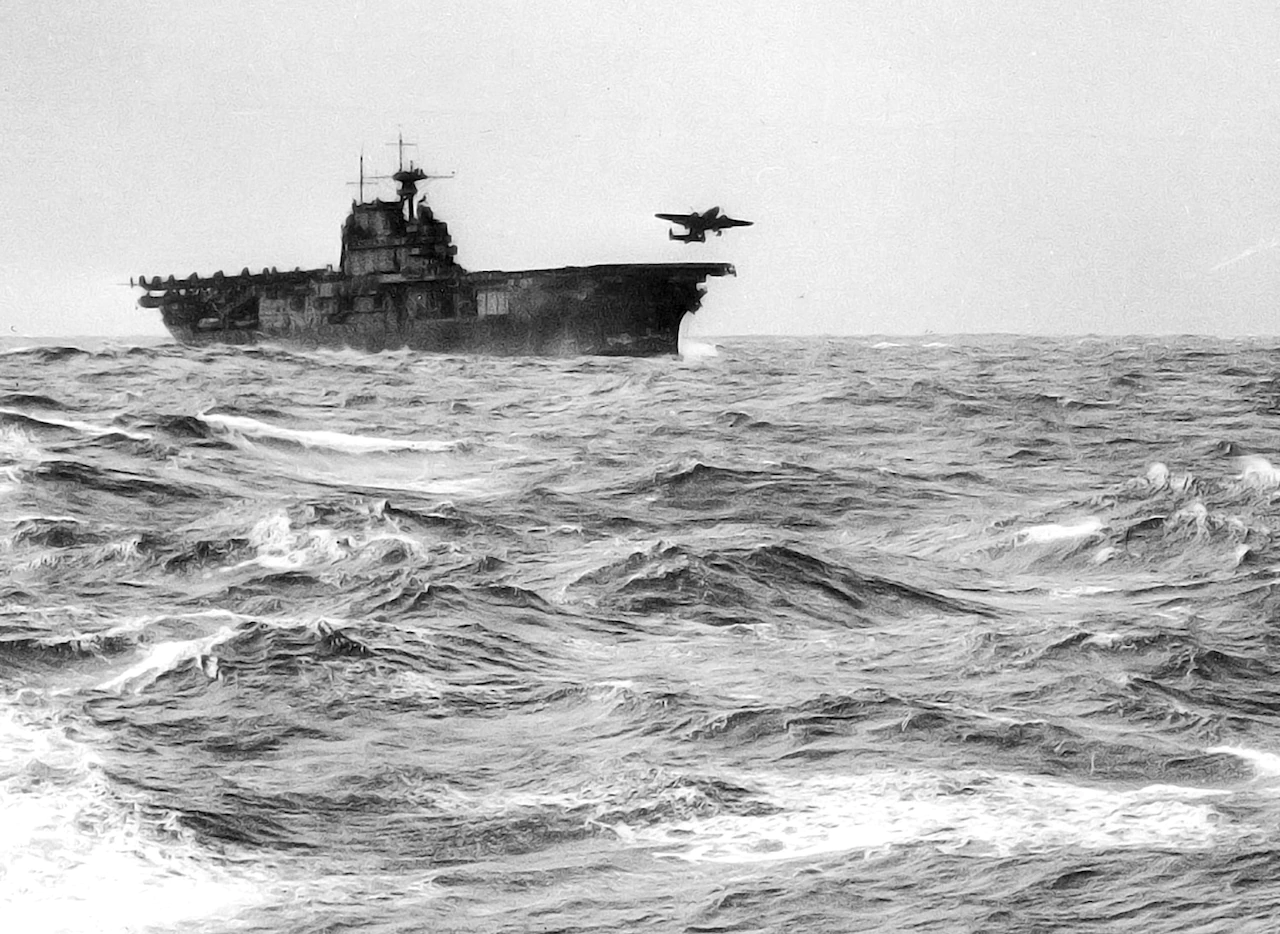
After the raid, Doolittle was awarded the Medal of Honor from President Roosevelt, promoted to General, and then was assigned to be commander of the recently founded 15th Air Force. About a year later, he was reassigned to be the commander of the 8th Air Force, a position that he held until the end of World War II. Starting in 1943, the crews started their soon-to-be-famous reunions, where each raider had their own silver cup with their names engraved on both sides. Doolittle made sure that each raider had one of their names engraved to be read while drinking and also upside down. Between reunions, the cups were stored in a glass cabinet and when a raider died, his cup was put upside down. The last reunion had only two raiders at and they drank a bottle of liquor bottled in 1896, the same year that Doolittle was born. The age of the bottle, by that time was 117 years old - the last reunion was in 2013.

